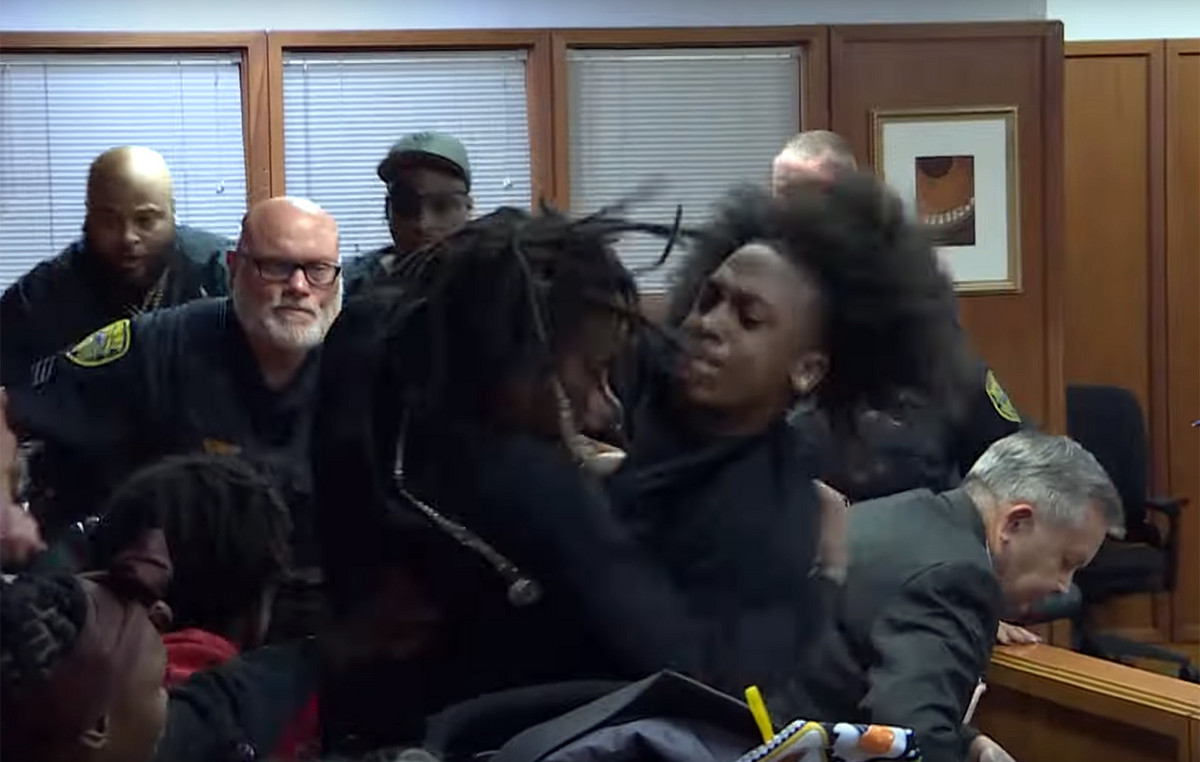The city council of Conselheiro Lafaiete (MG), a city located about 100 kilometers from Belo Horizonte, announced this week the “temporary suspension” of work involving the book “O Menino Marrom”, by Ziraldo. The decision was taken after complaints from parents of students about the work.
This Thursday (20), the municipality’s Department of Education issued a note denying that it had removed the book from schools. According to the ministry, the suspension of work on the work aims to “better readjust the pedagogical approach”, thus avoiding misinterpretations”.
“In other words, the suspension was only for the time necessary to formalize a work plan that would avoid any double interpretation or concern among the school community.”
The secretariat says that, next week, it will promote a live with the school community to discuss “aspects addressed in the work”. “From June 25th to July 1st, school units will promote conversation circles between teachers and members of the school community to clarify notes on the topics covered.”
“The Municipal Secretariat repudiates any declaration of censorship and clarifies that it values freedom of expression, plurality and respect for all, highlighting that at no time was any action considered other than keeping the work on its list of books and promoting a broader debate about the important issues addressed in it”, says the ministry.
Ziraldo’s book was written in 1986 and tells the story of the relationship between two great friends: the brown boy and the pink boy.
See excerpts from the book:
They had been together practically since the day they were born, playing, talking, inventing things, fighting, rolling on the grass, punching each other in the face, making up, fighting again, walking in the square, playing at school , always together, always laughing, always inventing fashion. And they had never worried about the fact that one was one color and the other was another. Now, they wanted to know what was white and what was black and whether this made the two different.
At one point in the book, the author recounts a situation in which an elderly woman was crossing the street and refused the help offered by the brown boy. In the days that passed, the boy called his friend, the pink boy, to see the elderly woman walking towards the church – a path she took daily.
And there the old lady appeared, again, going to mass. The two said nothing. They just watched the old lady cross the street that led to the square and then to the church. The old lady disappeared into the vegetation in the square and the two returned home. The next day, he looks at the two of them there again, sitting on the sidewalk, waiting for the old lady to pass by. At the end of some mornings, since the brown boy wasn’t saying anything, the pink boy decided to ask: ‘Why do you come every day to see the old lady cross the street?’ And the brown boy replied: ‘I want to see her get run over’. How can this game of god and devil in a boy’s chest last?
At another point, the pink boy grows up and, as a teenager, leaves the city where they lived. As the two headed towards the bus station, they remembered a game they played when they were children. “’We have to seal our pact with blood,” said one of them.
The author then remembers how the “blood pact” game came about: “They were so little at that time that they didn’t even remember where they had seen this blood pact thing. See, one of them had stayed up late and caught a swordsman movie on television late at night. I don’t know, sometimes what we learn comes in the wind, without any explanation.”
One of them went to the kitchen to get a sharp knife to pierce his wrists and mix the blood of his eternal friends. The two of them remained, their little arms stretched out, their little hands clenched upwards, their wrists exposed, throbbing. The small knife in one’s hand, waiting for the pact. The two of them there, standing still, without a single smile, just the sound of their panting breaths, looking firmly into each other’s eyes, without blinking: a pact is a pact. And the little knife stuck in the air. Until one of them resolved the question: ‘don’t you have a pin?’
The boys gave up on making a pact with blood and decided to use red paint. Unable to find paint in that color, they used blue. “It was the brown boy who found the bottle of blue paint. He opened it, stuck his finger in the glass and told the other to do the same. They both ended up with the tips of the pie-piercers filled with blue paint. They rubbed their fingers together, took a sheet of paper and, together, signed their names. In fact, they didn’t sign: they wrote with the same difficulty as writing their names at that time.”
At the end of the book, the brown boy writes a letter to his friend, who, at that point, already lived in another city, and tells him:
My dear friend, I was very sad lately, because I was missing you so much. Now I’m happier because I’ve just discovered something important: black is just the absence of white.
Source: CNN Brasil
I’m James Harper, a highly experienced and accomplished news writer for World Stock Market. I have been writing in the Politics section of the website for over five years, providing readers with up-to-date and insightful information about current events in politics. My work is widely read and respected by many industry professionals as well as laymen.







